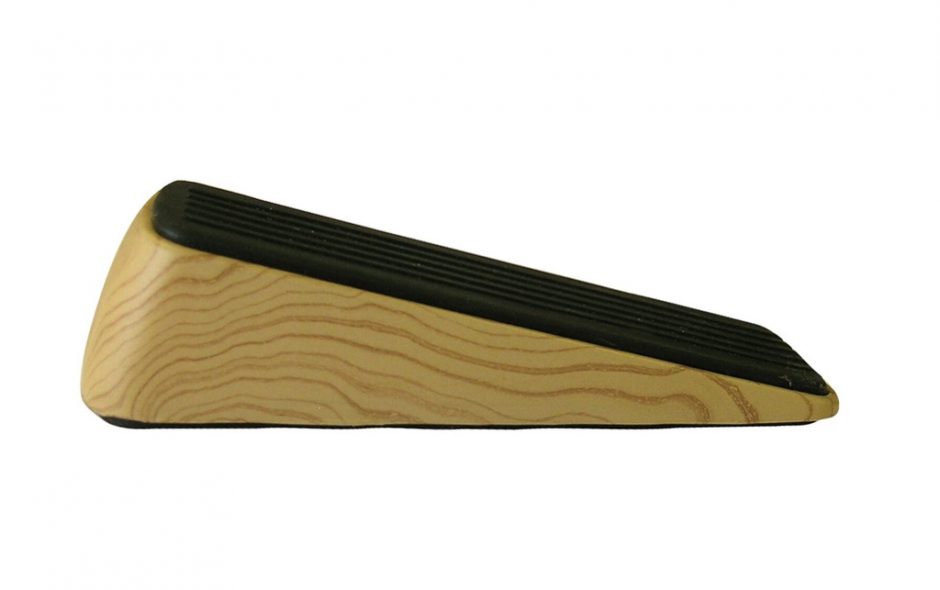Creating something out of nothing is incredibly difficult. Think about what that means. An idea occurs, usually as a cumulative result of years of subconscious data gathering and observation. Then the idea is somehow articulated and refined and built. A million things have to go right to succeed and a million decisions have to be made to keep it working. It is no coincidence that only a statistical few get this right and even fewer than the few make it work long-term.
Ideas are everywhere. We all have them but what sets an entrepreneur apart from everyone else is how they execute on those ideas. Having a big vision is great. It can inspire incredible people to do great work but it also may be too much too soon. The gap between the reality and the vision is often too large and it paralyzes everyone because the very next steps are too hard to see.
Cognitive overload.
Most initial ideas are too large to move forward. Just think to your own experiences when you are presented with something that is important but there is no clarity on where to start. It may be a great cause or idea but if there aren’t explicit next steps to move things forward, it doesn’t budge.
The problem here is that the cognitive effort is too high. It takes too much thinking to take the leap and we spend all our time trying to define something that is too hard to define. To be good at executing on ideas, those ideas need a definitive first and next step. Too much thinking means there is too much unknown and the idea needs to be refined.
The wedge.
Great ideas are great because of their simplicity. All of us have seen businesses and thought “of course! Why didn’t I think of that?” The founders have done their job in finding their wedge.
The wedge is the thing that holds a door open. That’s all. In order to bring an idea to life it needs to be able to find a way to a customer and it needs to offer enough simple value for it to be used. No one thinks of a wedge but it is a simple and powerful tool when used in the way it was intended. The wedge is an enabler that can lead to many other things.
If Jeff Bezos tried to describe what Amazon would look like today back in 1996 — the grand vision of being the greatest retailer and logistics company while also being the worlds largest digital infrastructure company — it would have been too grand. It required too much thinking. Whether this was his vision or not, his wedge was books. Rare books, then every book. Then every product. Then mining space.
Finding the wedge
It’s hard to visualize going from books to space but Bezos always intended to build a space business. Amazon became his path. You can see his ambition even in the name he chose for the company. He didn’t pick a name that had anything to do with books. He chose the river with the largest water flow in the world. His ambition was mighty but he started by finding his wedge.
The trick to finding a wedge is to start at peak vision and work down towards something that impacts the grand vision but is almost immediately actionable. A perfect example is a company called Fellow. They took on the task of making meetings better. Perhaps the secret vision of the company is to reorganize how corporations operate daily but their wedge to that goal is to make meetings and 1:1’s better for everyone. Adopting their software starts companies down the path of more effective meetings which will lead to a more efficient business with less wasted time and ineffective interactions. If everyone gets meetings right, the company is better. 2 years from now companies that buy into the Fellow process will be better as a result.
Finding a wedge is not a compromise to the bigger idea, it is the first step towards it. Most ideas can’t be actioned on because they skip over 99 of the 100 doors that need to be opened — with the most important one always being the first. If you can’t get in, you aren’t in business.
